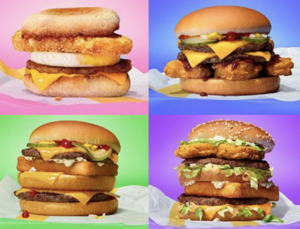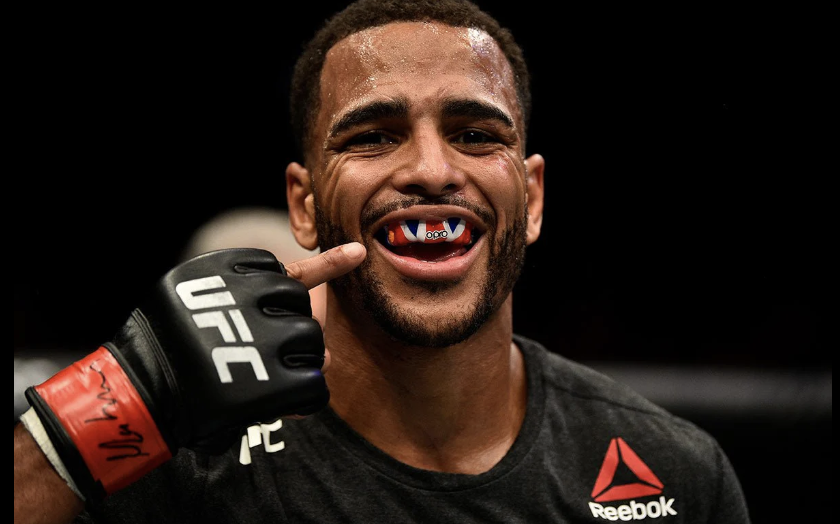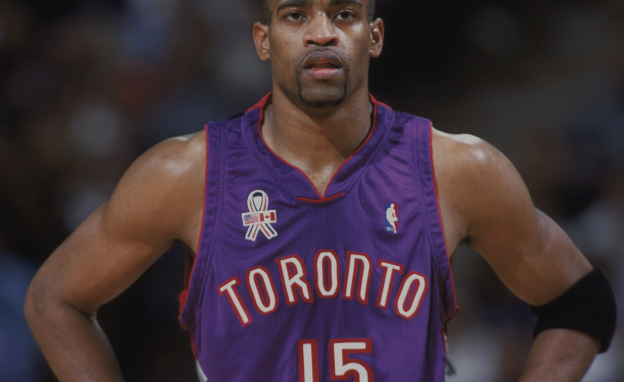In a world where culinary creativity knows no bounds, menu hacks have emerged as a delightful manifestation of individuality within the fast-food industry. These inventive concoctions, crafted by customers themselves, provide a deep glimpse into the human psyche: a desire to be different, yet remain connected to the familiar. While some chains choose to resist these creative interpretations, there is a unique opportunity for fast-food retailers to embrace these hacks, transforming them into a dynamic part of their brand experience.
The Intriguing Allure of Menu Hacks
Menu hacks are fascinating because they arise from a shared language between customers and the brands they love. *Imagine standing before the glowing board of a fast-food outlet. The menu items are static, yet the potential combinations are endless.* It’s this sea of possibility that encourages patrons to see beyond the traditional, crafting their own blends of flavors and textures. Through customer ingenuity, a basic cheeseburger can transcend its initial form, becoming a vessel for bacon, sauces, and substitutes.
Ultimately, the allure lies in personalization—customers are creating a bespoke experience tailored to their cravings and needs. This personal touch can evoke a sense of belonging, and even ownership, of the brand itself. Thus, menu hacks serve much as music does: a symphony of individuality orchestrated within universal structures.

The Role of Social Media in Popularizing Hacks
In today’s digital era, social media serves as a bustling bazaar for sharing and discovering menu hacks. Platforms like TikTok, Instagram, and Twitter become digital canvases where individuals unveil their new creations, each hashtag a doorway to potential global virality. *The social echo chamber propels the hack from obscurity to fame,* arousing curiosity and inviting enthusiasts to embark on fast-food pilgrimages to recreate the viral sensation.
This phenomenon acts as free advertising for fast-food chains, igniting interest and foot traffic. It paints a picture of a world where food becomes an act, and eating a daring performance, all captured through the lens of a smartphone and shared with the audience of the world.
Blurring Lines: When Hacks Become Official Offerings
Fast-food chains, ever vigilant to trends, have embraced some hacks, transforming them into limited-time offerings or permanent menu items. This practice exemplifies the playful dialogue between consumers and brands—a mutual exchange where both are collaborators in a non-verbal conversation.
Look at the McDonald’s “Land, Sea and Air” burger, or the covertly beloved “In-N-Out Animal Style.” These began as whispers amongst the customer community before reaching the corporate ear. As these items gain traction, they become more than menu entries; they morph into cultural touchstones, embodying the zeitgeist of customer demand coupled with corporate adaptability.
The Economic Benefits of Embracing Hacks
Engaging with menu hacks is not just about amplifying brand identity or basking in consumer creativity—there are tangible economic benefits as well:
- Increased Sales: Unique offerings can generate a spike in sales as customers flock to try the novel combinations.
- Customer Loyalty: Encouraging creative expression can lead to deeper customer loyalty, giving patrons a stake in menu development.
- Market Research: Hacks serve as an informal, real-time market survey revealing consumer tastes and preferences.
These benefits contribute to a symbiotic relationship where both consumer curiosity and business acumen flourish, each nourished by the other.
Potential Pitfalls and Managing Challenges
Despite the myriad possibilities, embracing menu hacks isn’t without its challenges. These innovations can sometimes introduce logistical hurdles, such as managing complex orders or sourcing additional ingredients to meet new demand. There’s also the question of brand integrity—how much deviation from the standard menu is too much, and at what point does a hack potentially harm brand perception?
Yet, with adept management, these challenges can become opportunities. Escaping the gravitational pull of the formal menu, brands can adopt a sandbox model where a limited number of creative items are rotated regularly, satisfying the hunger for novelty while preserving operational efficiency.
Strategies for Integrating Menu Hacks
To harness the power of menu hacks, fast-food retailers might consider the following strategies:
- Create a Feedback Loop: Actively engage with consumers through surveys and social media to gauge the popularity of certain hacks.
- Establish a Modular Menu: Offer a base menu with modular options, allowing customers to craft their ideal orders while maintaining control over ingredient availability.
- Host Hack Competitions: Encourage customers to submit their favorite hacks, with winning entries receiving a spot on the menu, even temporarily.
These strategies not only highlight the importance of customer engagement but also embrace creative collaboration, positioning the brand as a boundary-pushing entity ready to explore the culinary unknown.
As we draw the vapor trail of discussion to a close, one can see how the opportunities presented by menu hacks are a vibrant tapestry of innovation and tradition. To embrace them is to celebrate the uncanny creativity of the human spirit, threading individuality into the wide loom of shared experience. Fast-food retailers stand at the threshold of a new frontier, one where the line between consumer and creator blurs in harmonious coexistence, lighting a path forward where every meal holds the promise of an undiscovered narrative, waiting to unfold.



